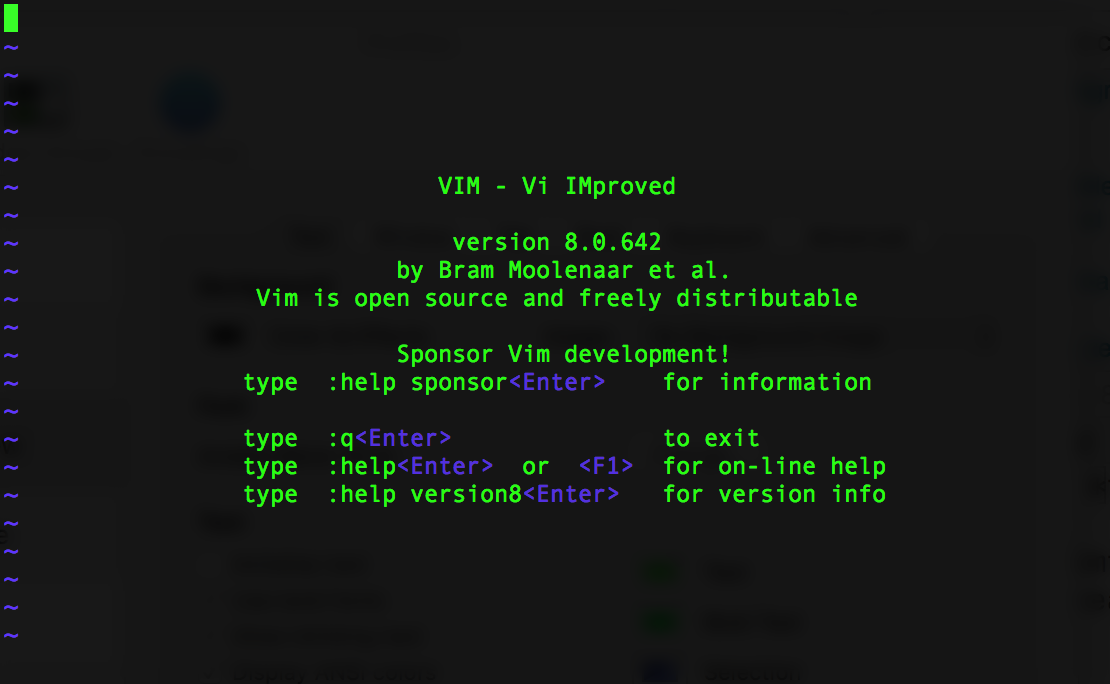Comprehensive Guide to Network Scanning with Nmap
Nmap (Network Mapper) is an essential tool for network security assessment and vulnerability analysis. This post provides an in-depth guide to Nmap’s key features and applications.
For demonstration purposes, we will use 127.0.0.1 (localhost) as an example.
1. Basic Nmap Scan
🔹 Basic Port Scan (1,000 Common Ports)
nmap 127.0.0.1
- Checks if the target is online and scans the 1,000 most commonly used ports.
- Example use case: When testing a newly deployed local server to ensure it is accessible.
🔹 Full Port Scan (All 65,535 Ports)
nmap -p- 127.0.0.1
- Scans all ports to detect open services.
- Example use case: When performing an exhaustive security audit on a machine to check for any unexpected open ports.
🔹 Fast Scan (Top 100 Ports)
nmap -F 127.0.0.1
- Quickly scans only the 100 most commonly used ports.
- Example use case: When troubleshooting connectivity issues and checking if essential services (e.g., HTTP, SSH) are available.
2. Service and Operating System (OS) Detection
🔹 Detect Running Services and Versions
nmap -sV 127.0.0.1
- Identifies services running on open ports along with their versions.
- Example use case: When verifying software versions on a web server before applying security patches.
🔹 Detect Operating System (OS)
nmap -O 127.0.0.1
- Determines the OS type of the target machine (requires admin privileges).
- Example use case: When analyzing a network to understand the OS distribution for compatibility testing.
🔹 Detect Both Services and OS
nmap -sV -O 127.0.0.1
- Combines service and OS detection in one scan.
- Example use case: When conducting a preliminary security assessment of a machine to gather essential information.
3. Scanning Specific Ports
🔹 Scan Specific Ports
nmap -p 22,80,443 127.0.0.1
- Checks only the specified ports: SSH (22), HTTP (80), and HTTPS (443).
- Example use case: When ensuring that only necessary services are running on a secure system.
🔹 Scan a Range of Ports
nmap -p 20-100 127.0.0.1
- Scans ports 20 to 100.
- Example use case: When testing an internal server where services may be running within a known port range.
4. Firewall Evasion and Stealth Scanning
🔹 Scan Without Ping (Bypass Firewall Restrictions)
nmap -Pn 127.0.0.1
- Forces scanning even if the target does not respond to pings.
- Example use case: When testing a server protected by a firewall that blocks ICMP requests.
🔹 TCP SYN Scan (Stealth Scan)
nmap -sS 127.0.0.1
- Sends SYN packets without completing a full handshake to avoid detection.
- Example use case: When performing a penetration test to see which ports can be probed undetected.
🔹 TCP Connect Scan (For Non-Admin Users)
nmap -sT 127.0.0.1
- Establishes full TCP connections for scanning.
- Example use case: When running scans from a non-root user without elevated privileges.
5. Scanning an Entire Network
🔹 Find Live Hosts in a Network
nmap -sP 127.0.0.0/24
- Detects active IP addresses in the specified subnet.
- Example use case: When mapping a corporate network to identify all connected devices.
🔹 Find Open Ports in a Network
nmap -p 22,80,443 127.0.0.0/24
- Searches for devices with SSH, HTTP, or HTTPS ports open.
- Example use case: When auditing an organization’s network for unauthorized services.
6. Using NSE (Nmap Scripting Engine)
🔹 Scan for Vulnerabilities
nmap --script=vuln 127.0.0.1
- Runs vulnerability detection scripts.
- Example use case: When assessing a server for known security flaws before deploying it to production.
🔹 Extract Webpage Titles
nmap --script=http-title -p 80,443 127.0.0.1
- Retrieves the title of webpages hosted on the target.
- Example use case: When identifying hosted web applications without manually accessing each site.
🔹 Scan for Malware and Backdoors
nmap --script=malware 127.0.0.1
- Checks for signs of malicious software or compromised services.
- Example use case: When investigating a potentially infected server for security breaches.
7. Saving and Exporting Results
🔹 Save Output in Plain Text
nmap -oN scan_results.txt 127.0.0.1
- Saves scan results in a text file.
- Example use case: When documenting security assessments for further analysis.
🔹 Save Output in XML Format
nmap -oX scan_results.xml 127.0.0.1
- Exports scan results in XML format for automation.
- Example use case: When integrating Nmap results with security monitoring tools.
📌 Quick Summary (For Reference)
| Purpose | Command |
|---|---|
| Basic scan | nmap 127.0.0.1 |
| Full port scan | nmap -p- 127.0.0.1 |
| Detect services | nmap -sV 127.0.0.1 |
| Detect OS | nmap -O 127.0.0.1 |
| Scan specific ports | nmap -p 22,80,443 127.0.0.1 |
| Scan UDP ports | nmap -sU -p 53 127.0.0.1 |
| Bypass firewalls | nmap -Pn 127.0.0.1 |
| Stealth scan | nmap -sS 127.0.0.1 |
| Scan entire network | nmap -sP 127.0.0.0/24 |
| Vulnerability scan | nmap --script=vuln 127.0.0.1 |
| Save results | nmap -oN results.txt 127.0.0.1 |
🚀 With this guide, you can effectively use Nmap to analyze and secure your network!
Back to top ↑




Leave a comment